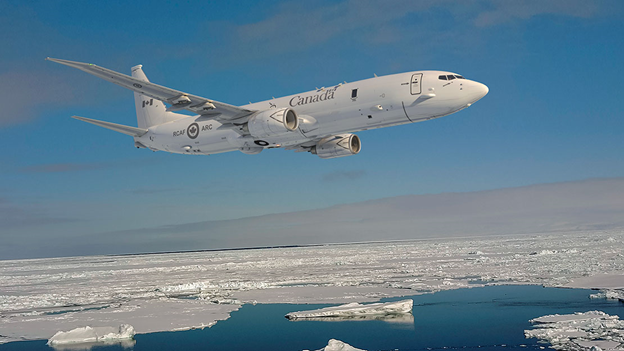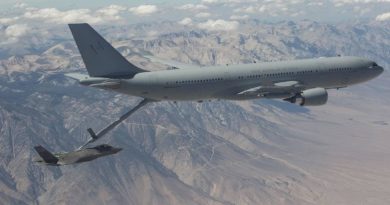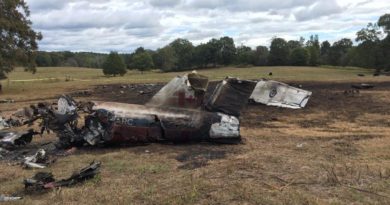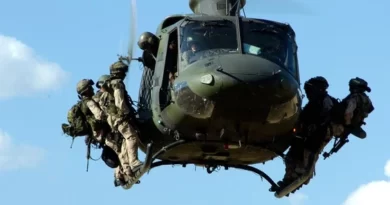Is another Cyclone about to form for the RCAF?
by Murray Lee and John McLearn
Background
In 1992, the Conservative Government of Brian Mulroney, based on the recommendation by the Canadian Armed Forces, selected the EH-101 helicopter as the future replacement for the Royal Canadian Air Force’s aging CH124 Sea King anti-submarine helicopters. The estimated cost was expected to be $5 billion. The next Prime Minister, Jean Chretien, used the EH-101 as a political weapon during the election campaign, stating that the selection was a “Cadillac” and that he would not support its purchase. The Sea King ‘soldiered’ on from then until a new acquisition process was started.
What ensued for the next 20 years is a clear result of political meddling. Based on a one of a kind, undeveloped, untested, civilian pattern S-92 helicopter from Sikorsky, and filled with Canadian designed and built equipment, the result was the purchase of the CH148 Cyclone. Keep in mind this civilian helicopter was the same type that crashed off Newfoundland while taking an oil rig crew from an oil platform, killing 17 people out of 18.
The timeline below demonstrates the result of not purchasing a proven commercial off the shelf product. Buying an aircraft proven to be reliable and used by other nations is not a cardinal sin!
- Request for proposal release: December 17, 2003
- Request for proposal close: May 14, 2004
- Bid evaluation complete: August 2004
- Project approval: November 22, 2004
- Contract award: November 23, 2004
- Contract re-baseline to define and implement a blocking strategy for helicopter delivery: June 18, 2014
- First delivery of Block 1 aircraft: June 19, 2015
- Last contract amendment: August 3, 2016
- Initial operational capability: June 7, 2018
- First delivery (Block 2): April 3, 2018
- Final delivery (Block 2): 2023
This is what we forecast will happen if today’s political lobbyists, supported by the premiers of the provinces of Ontario and Quebec, get their way with the replacement project for the CP140 Aurora maritime patrol aircraft. Their call is to open a competition to enable Bombardier to develop a maritime patrol variant of their Global 6500 aircraft as the replacement which, if proven, would not enter service until the late 203’s. In our opinion, this is totally unacceptable and will be a repeat of creating another Cyclone!
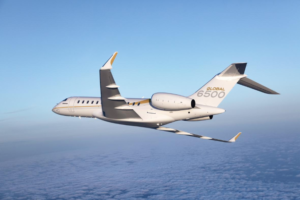
Current Situation
The previous Minister of National Defence and now Treasury Board Chair, Anita Anand, proposed buying 16 proven Boeing P-8 Poseidon Maritime Patrol Aircraft to replace the aging CP140 Auroras. Notably, that the number is below that needed to cover the Canadian Exclusive Economic Zone plus foreign taskings even with extensive Canadian satellite surveillance.
The P-8 Poseidon is fully developed and based on a proven aircraft the Boeing 737-800, fully modified to perform the task. The US has paid for the entire development of this capability at no cost to Canada. The base model has a flight crew of three pilots and a sensor crew of nine or more based on task. Weapons and sensor packages have been specifically developed for this aircraft, again developed entirely at the expense of the US. Canadian firms could be involved in future development of packages for the whole fleet and not just for the Canadian aircraft
This aircraft is currently operated by the United States Navy, the Indian Navy, the Royal Australian Air Force, the United Kingdom’s Royal Air Force, the Royal Norwegian Air Force and the Royal New Zealand Air Force. It has also been ordered by the Republic of Korea Navy, and the German Navy. There are other potential customers so the production line is still in operation for the foreseeable future. Having a large number of operators also means potentially more locations for maintenance at foreign locations. Can all these nations have been wrong in their selection?
With 155 aircraft delivered or in service, and having executed more than 450,000 collective mishap free flight-hours logged, the P-8A has proven its capability to operate in the harshest flight regimes including extended operations in extreme cold weather and icing environments. It can fly higher (up to 41,000 ft/12,496 m) and get to the area of interest faster (490 knots/970 km/h) than any other long range patrol aircraft, and it can be refueled in flight by tanker aircraft including the newly acquired Royal Canadian Air Force (RCAF) CC330 Husky based on the Airbus A-330.
Shorter transit times reduce the size of the area of probability during search and rescue missions and when searching for submarines or surface vessels. The P-8’s organic sensor capabilities are enhanced through secure, interoperable, data link systems that provide capability to exchange tactical data and control, and fully integrate with other allied and coalition surveillance and anti-submarine assets.
So with all this info at hand, the Canadian government is now looking at whether to buy the Boeing P-8 as a sole-source deal or to open to suggestion to cabinet to ‘go Canadian’ and allow Canadian firms to take part in a competition.
Recently, the United States ambassador to Canada sent a letter to Liberal cabinet ministers urging them to move ahead with a sole-source deal to purchase the Boeing P-8 surveillance aircraft for the RCAF. The letter from Ambassador David Cohen comes, as the Liberal government deliberates on whether to buy the P-8 in a $8-billion project as originally had been planned or to allow Canadian firms to take part in a competition. The ambassador added that the Canadian government had concluded the P-8 was the only plane to meet its needs. Cohen also noted that US-built defence products meant jobs for Canadians.
Th3 Royal United Services Institute of Nova Scotia is concerned that should the new approach be taken, we will find ourselves with another Cyclone situation on our hands to the detriment of our operational capabilities but more importantly, going without new equipment which is needed now, not in the middle of the century!
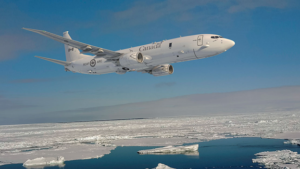
Conclusion
We strongly urge the government to not consider purchasing the Global 6500 as we will once again experience a project which should have not taken place in the first place. Minister Blair should insist that the cabinet revert to its previous position that the P-8 is the only suitable replacement for the CP140 and should be ordered from Boeing without delay.
Murray Lee is a retired pilot of the Royal Canadian Air Force. John McLearn is a retired Intelligence Officer of the Canadian Army. This work is the sole opinion of the authors and does not necessarily represent the views of the Department of National Defence, the Canadian Armed Forces, any federal department of agency, or the Royal United Services Institute of Nova Scotia. The authors may be contacted by email at: RUSINovaScotia@gmail.com.
Recommended citation: Lee, Murray and McLearn, John; Is another Cyclone about to form for the RCAF?, Royal United Services Institute of Nova Scotia, November 25, 2023

